Ammonia (NH₃) is a colourless gas with a pungent, characteristic odour, highly soluble in water, forming an alkaline solution known as aqueous ammonia. It is a versatile chemical used extensively across agriculture, industry, and household applications. In agriculture, ammonia is a key nitrogen source for fertilizers, boosting crop growth and soil fertility. Industrially, it serves as a raw material in the production of nitric acid, plastics, explosives, and synthetic fibers, and is widely used in refrigeration systems. In households, aqueous ammonia is a common cleaning and deodorizing agent.
-
Chemical Formula: NH₃
-
Appearance: Colourless gas or clear solution (aqueous ammonia)
-
Key Uses: Fertilizer, industrial chemical, refrigerant, cleaning agent
-
Industries: Agriculture, chemical manufacturing, refrigeration, household cleaning
Health Hazards
-
Inhalation: Causes irritation of the nose, throat, and respiratory tract; high concentrations can lead to coughing, shortness of breath, pulmonary edema, or respiratory failure.
-
Skin Contact: Can cause irritation, burns, or frostbite (if stored as a compressed or liquid form).
-
Eye Contact: Can cause severe irritation or chemical burns, potentially leading to permanent eye damage.
-
Ingestion: Corrosive; may cause burns to mouth, throat, esophagus, and stomach.
Fire & Explosion Hazards
-
Flammability: Ammonia gas is flammable at concentrations of 15–28% in air.
-
Explosion Risk: Forms explosive mixtures with air; may ignite from sparks, heat, or flames.
-
Decomposition: Can form toxic gases such as nitrogen oxides when exposed to high temperatures.
Environmental Hazards
-
Toxic to aquatic life at high concentrations.
-
May cause soil and water alkalinity changes if released in large amounts.
Precautionary Measures
-
Handle only in well-ventilated areas or with proper fume extraction.
-
Wear appropriate personal protective equipment (PPE): gloves, goggles, face shield, and protective clothing.
-
Store in tightly closed containers, away from heat sources and incompatible chemicals (acids, halogens, oxidizers).
-
Use proper containment and neutralization methods in case of spills.
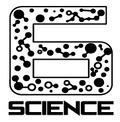
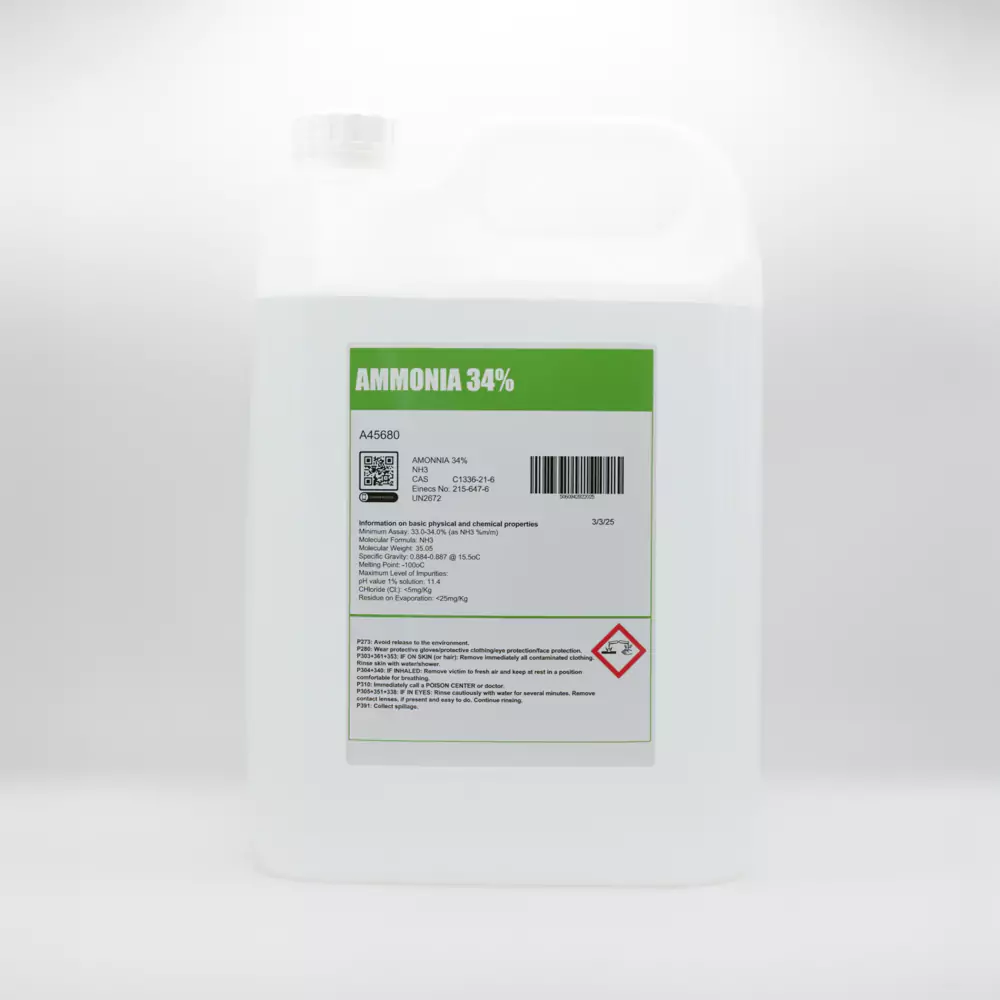
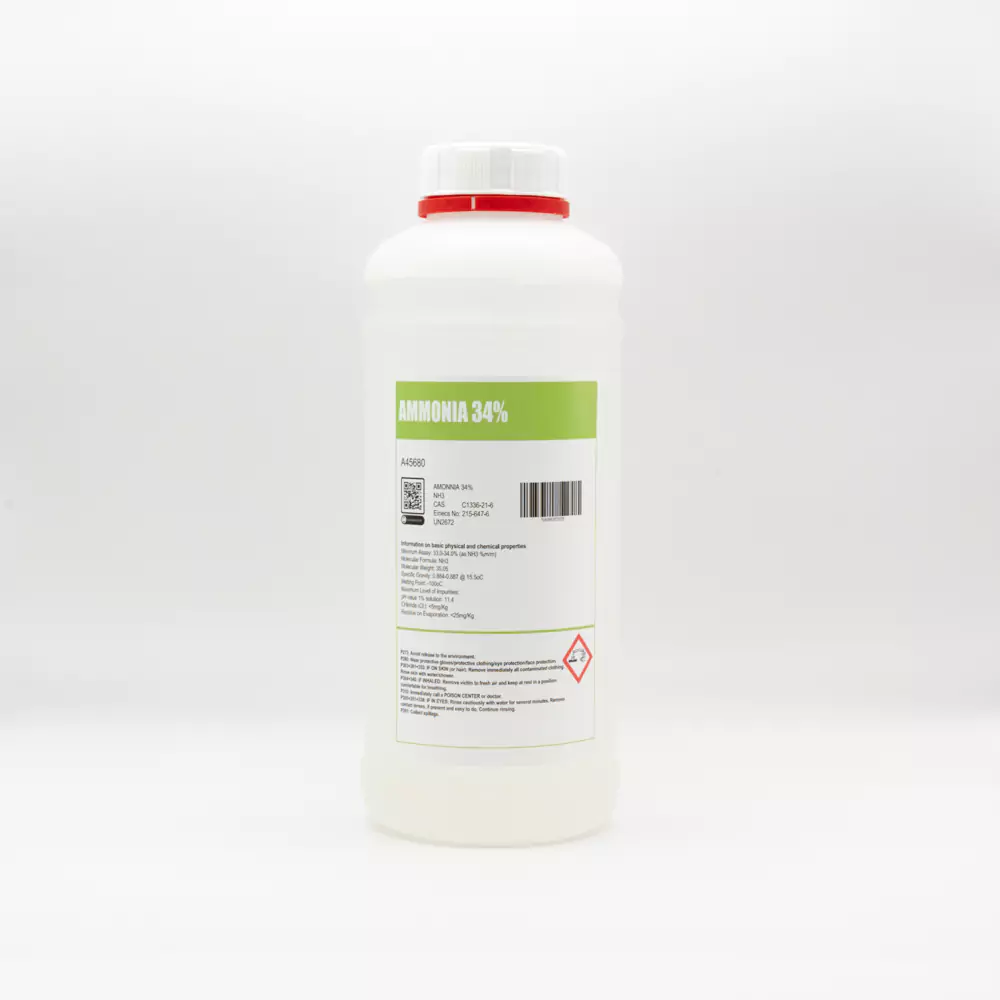
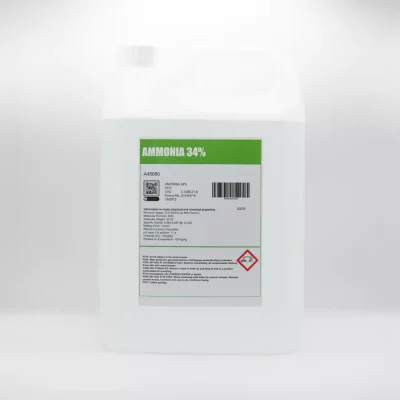
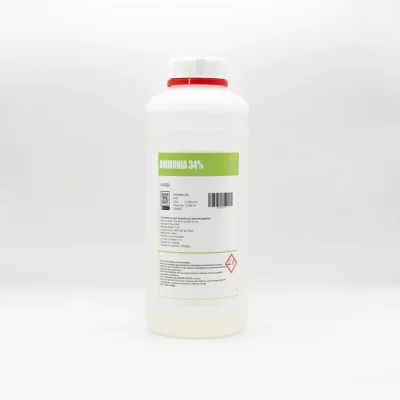
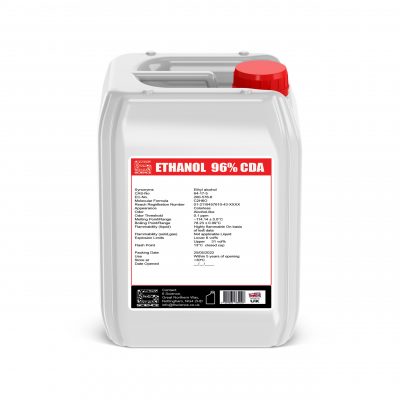
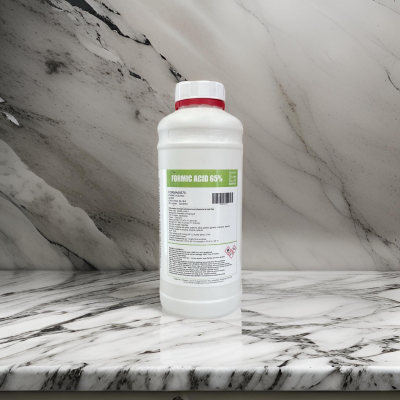
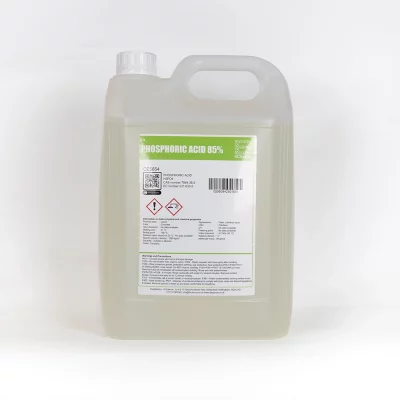
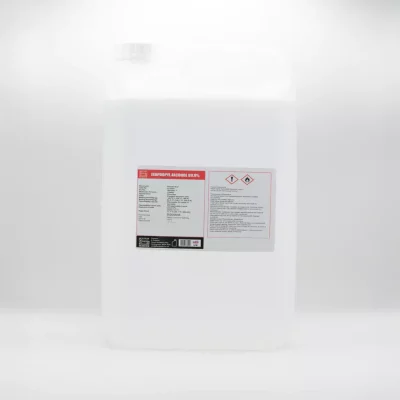
Reviews
There are no reviews yet.